Liddell, a coal-fired power plant that has existed for more than 50 years, closed on April 28, a step toward the transition to renewable energy.
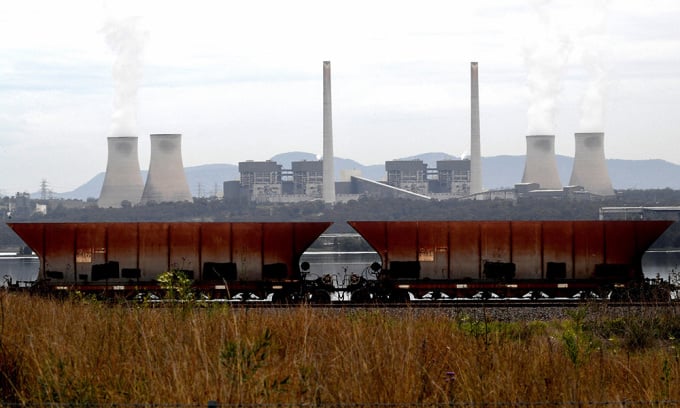
Steam rises from the cooling towers of the Liddell coal-fired power plant. Photo: AFP
The Liddell power station, about a three-hour drive north of Sydney, is one of a series of aging coal plants slated to close in the coming years. Built in 1971, Liddell provides about 10% of the electricity consumed in New South Wales, Australia’s most populous state.
For decades, coal has provided the bulk of Australia’s electricity. But power stations like Liddell are aging and unreliable, says Mark Diesendorf, a renewable energy expert at the University of New South Wales. Not only are they inefficient, highly polluting and costly to repair, but continuing to operate would make it nearly impossible for Australia to meet its climate goals.
Australia has long been one of the world's largest producers and exporters of coal. However, the government last year pledged that 82% of the country's electricity would come from renewable sources by 2030. This would require a major overhaul, as while leading countries like Norway produce more than 90% of their energy from renewable sources, Australia only reaches around 30%.
Under growing public pressure to address the climate crisis, many Australian fossil fuel companies are preferring to close older coal plants rather than keep them running. Eraring in New South Wales, Australia’s largest coal-fired power plant, is scheduled to close in 2025, with several more to follow in the coming decade.
Climate finance expert Tim Buckley said the shutdowns would test whether renewables were ready to fill the gap. Australia has the natural ingredients to become a renewable energy powerhouse, with abundant sunshine, windy coastlines and a sparse population, Buckley said.
The challenge is figuring out how to store renewable energy and transport it across the vast distances between Australia’s towns and cities. Even if that goes well, Australia still faces huge challenges in achieving its goal of net zero emissions by 2050.
Thu Thao (According to AFP )
Source link


![[Photo] Prime Minister Pham Minh Chinh chairs the Government's special meeting on law-making in May](https://vphoto.vietnam.vn/thumb/1200x675/vietnam/resource/IMAGE/2025/5/22/1c880aae96fd4e0894abc47a46fe19ba)

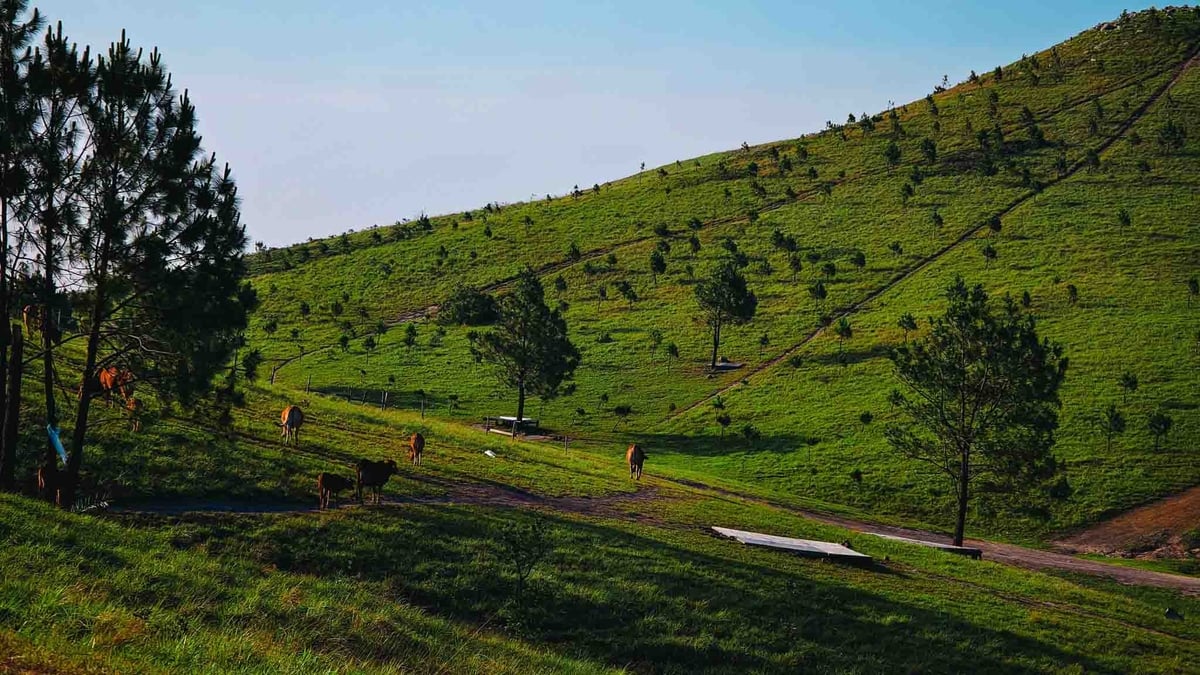

![[Photo] Prime Minister Pham Minh Chinh attends the groundbreaking ceremony of Trump International Hung Yen Project](https://vphoto.vietnam.vn/thumb/1200x675/vietnam/resource/IMAGE/2025/5/21/ca84b87a74da4cddb2992a86966284cf)
























































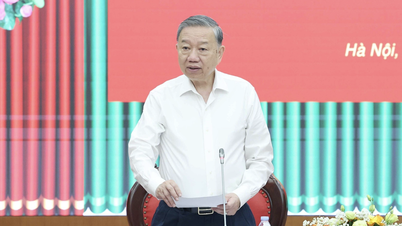


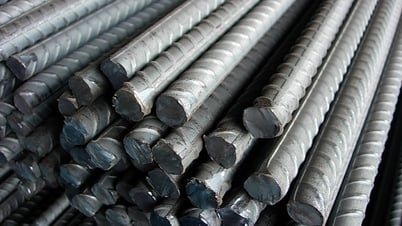


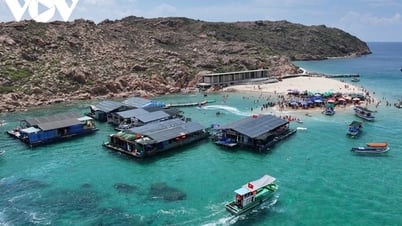






















Comment (0)